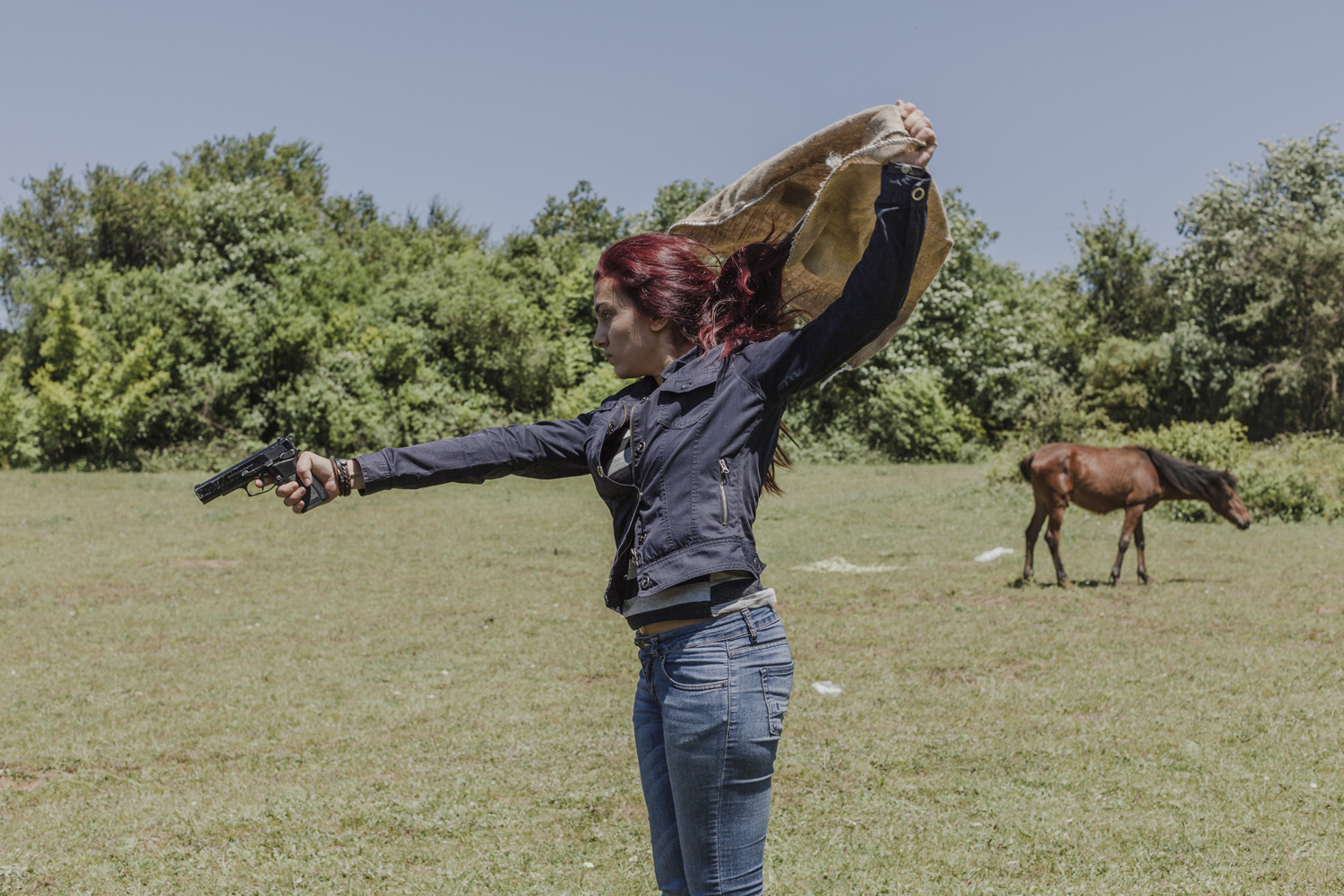
In April of 2011, photojournalist Guy Martin, filing for the Panos picture agency, was seriously injured in a rocket-propelled grenade attack in Misurata, Libya, which also took the lives of fellow photographers Tim Hetherington and Chris Hondros. Martin’s wounds put him out of commission for more than a year. “I stayed offline and away from everything,” he tells TIME. “I didn’t want to pick up a camera, I just couldn’t bear it.” Now working again, Martin writes for LightBox about his relocation to Istanbul, his reevaluated approach to photography and his new project, City of Dreams.
Istanbul can be a peculiar place at times. On the one hand, it’s a bustling, colorful city. Its people are friendly and warm, seemingly able to juggle the ways of the past with the full-speed march of modernization. On the other hand, it can sometimes feel like a dark, lonely, mysterious place, where a tiny spark of provocation can stir even the most patient and easygoing resident.
Like many other photographers and journalists I moved to Istanbul because its geographic location put us in the heart of a dynamic, multi-layered and intensely visual region, with conflicts like the Syrian Civil War just a one-hour flight away. However, after my experiences covering the revolutions in Egypt and Libya in 2011, I neither felt the need nor desire to photograph that horrible, horrible war.
To me, watching events unfold across the Middle East and North Africa over the past three years, it has become increasingly clear that these popular uprisings are turning into proxy wars orchestrated by countries in the region fighting one another for power, finding new alliances, re-establishing old ones and fortifying themselves against the great powers of the West and the United Nations.
It fascinates me, now more than ever, thinking about issues of power and how as a photographer I can represent them. The outcome of a misuse or abuse of power is often street violence, war and death. But what is its origin? What if I could photograph something that spoke about how power is gained, maintained or lost? With that in mind I decided to take a rather unusual approach and document the world of Turkish soap operas.
Marital affairs, blood feuds, divorce and murder — although these scenarios may not reflect the reality of contemporary life in Istanbul, they are the plot lines of Turkish soap operas that are drawing in tens of millions of viewers from Athens to Riyadh. Their rise in popularity across the Arab world and Balkan countries has driven their commercial success and has become a vital component of Turkey’s “soft power” strategy. It is a way for Turkey to export its culture of secularism and wealth to an audience dying to know more about its close neighbor.
Arab viewers are fascinated with the shows because they purport to reveal how Turks, particularly Turkish women, handle modernity. One series finale pulled in staggering global audience figures of 85 million, with more than 50 million of those viewers reported to be female. Now, as the Arab world finds itself in a period of flux, many television viewers are, consciously or not, looking to Turkey for a lifestyle and governance that is Muslim, democratic and progressive.
Making photographs on the various soap opera sets was a hugely liberating experience. I was no longer constrained by the tight narrative structures and limitations of photojournalism; I was looking for something less literal, more suggestive. The pictures are either taken before or after filming or are portraits of the crew, extras or people that just happened to be in that space at that time.
In May 2013, as these shows were in their final weeks of filming for the summer season, Istanbul was witnessing its own, very real dramatic events. Thousands of secular Turks took to the streets to protest a series of government-backed policies that were seen as curbing civil liberties and promoting Islamic conservatism.
The world’s media descended on Istanbul and streamed the breaking news 24 hours a day for most of the month of June. Young, handsome, secular Turks became the faces and news celebrities of the summer, playing out a huge, real-life soap opera, so to speak, in the center of this ancient city, Facebooking, Instagraming and Tweeting themselves into the center of a global news event. It looked to me, at least, that they had become the new reality TV and Internet sensations.
Though my initial reaction to these protests was not to photograph them because they didn’t seem relevant to my project, curiosity won out. The overriding feeling that struck me was their sheer theatricality. The romanticism, the flag waving, the smoke-laden skies, the Bosphorus mosques, the terrified tourists caught up in it all — everyone seemed to me to be a character. People’s reactions to me changed the moment I tried to photograph them: they played up to the camera, they picked up more stones to throw at police, waved more flags, etc.
I’d seen it before, the very same behavior and body language in the early days of the Arab revolutions. Back then, I tried to avoid it and search for quieter moments, more “real” moments. This time, I just went with it, capturing the protestors as beautiful stars in all their exaggerated lighting and dashing, striking poses.
Ultimately, I decided to start juxtaposing the images of the protests with the theatrical events of the soap operas. It became clear to me that they were all part of the same story. In combining the two projects, I hope that viewers of the work really question what they are looking at. At its base is a look at Turkey’s quest for power. The violence and fighting for Gezi Park certainly was a part of that; but so are the goings-on of the soap opera stages, which reveal themselves with striking visual similarity.
Guy Martin is an English documentary photographer living in Istanbul. Represented by Panos Pictures, Martin previously covered the Caucuses, Georgia and Russia as well as the uprisings in Egypt and Libya.
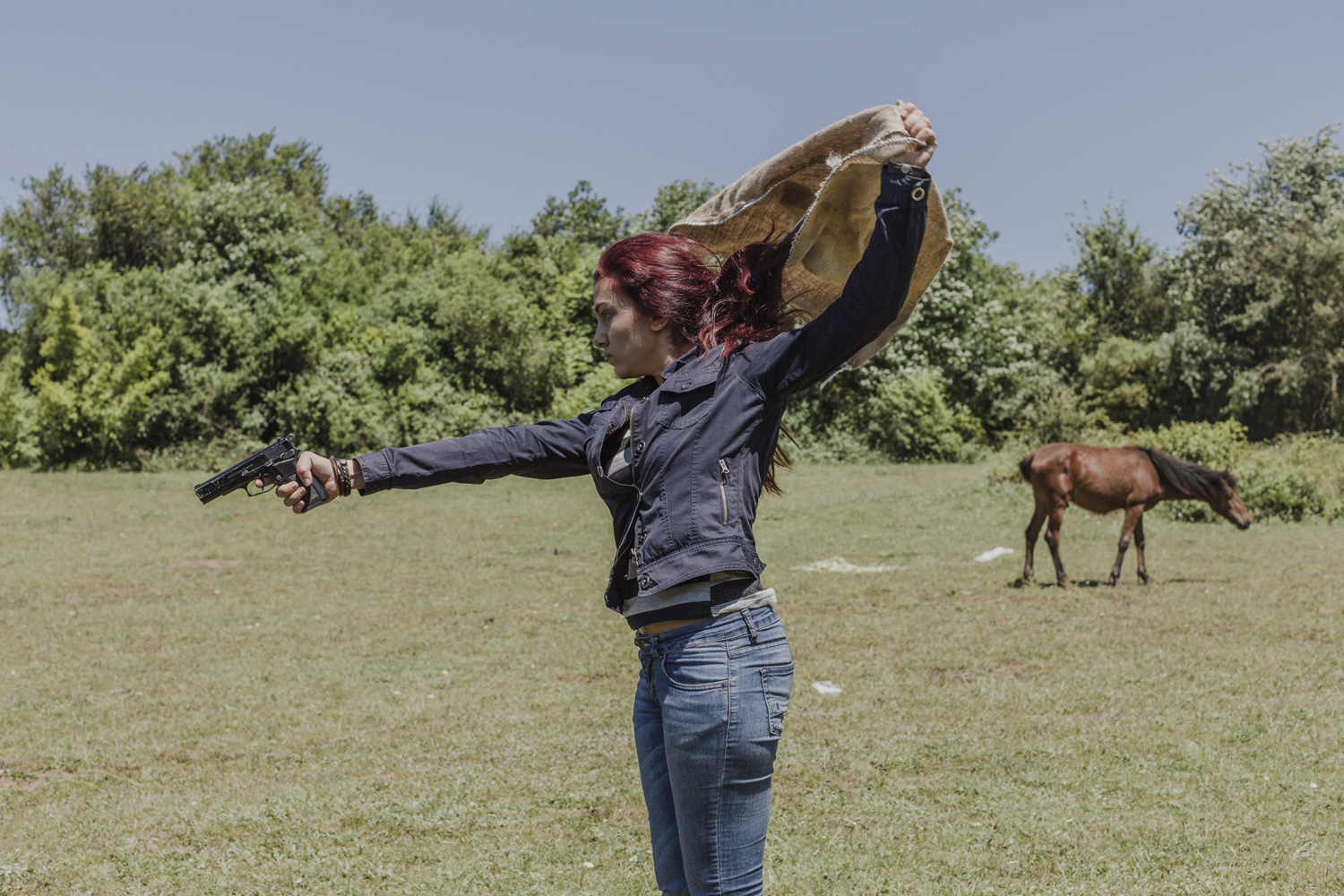
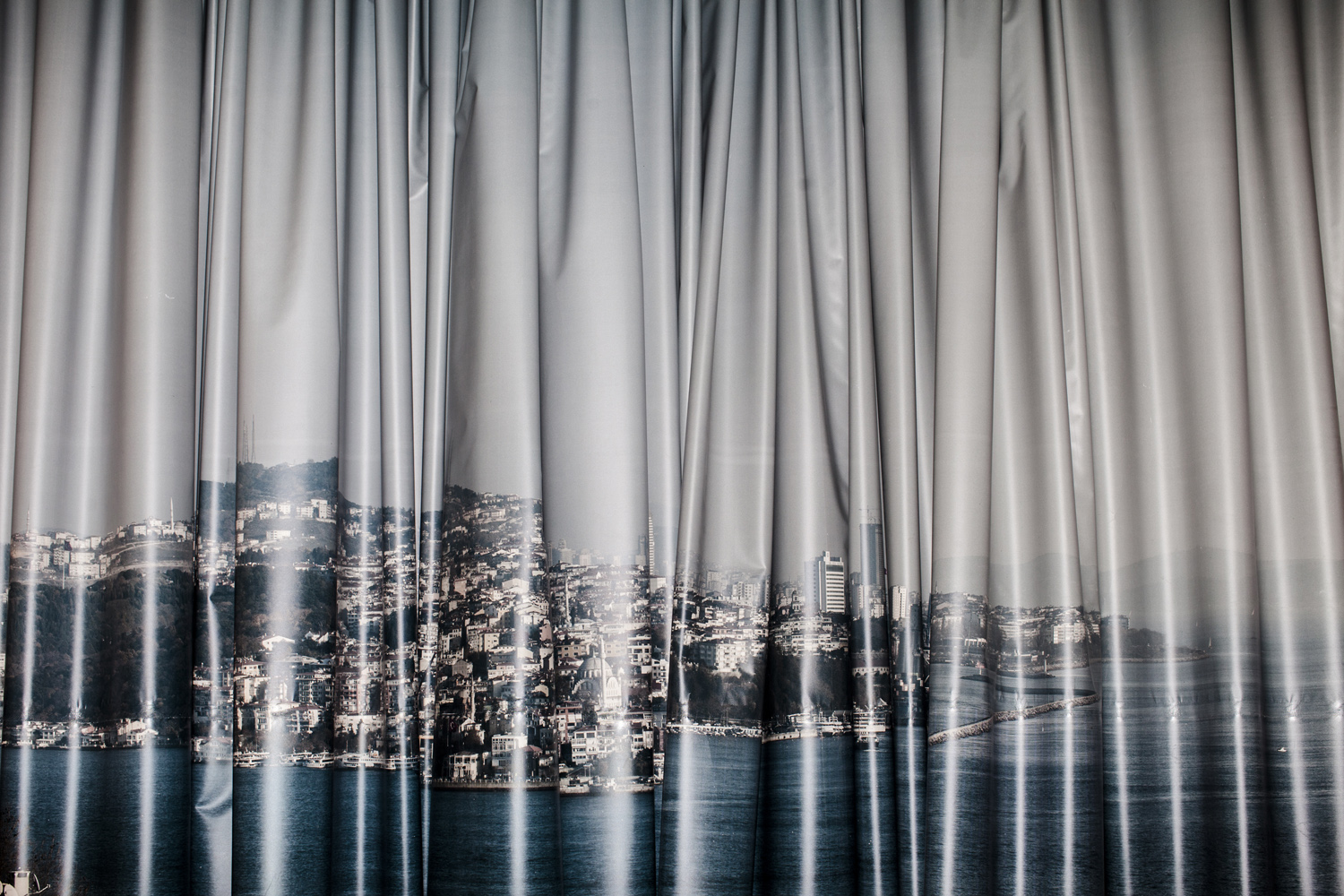
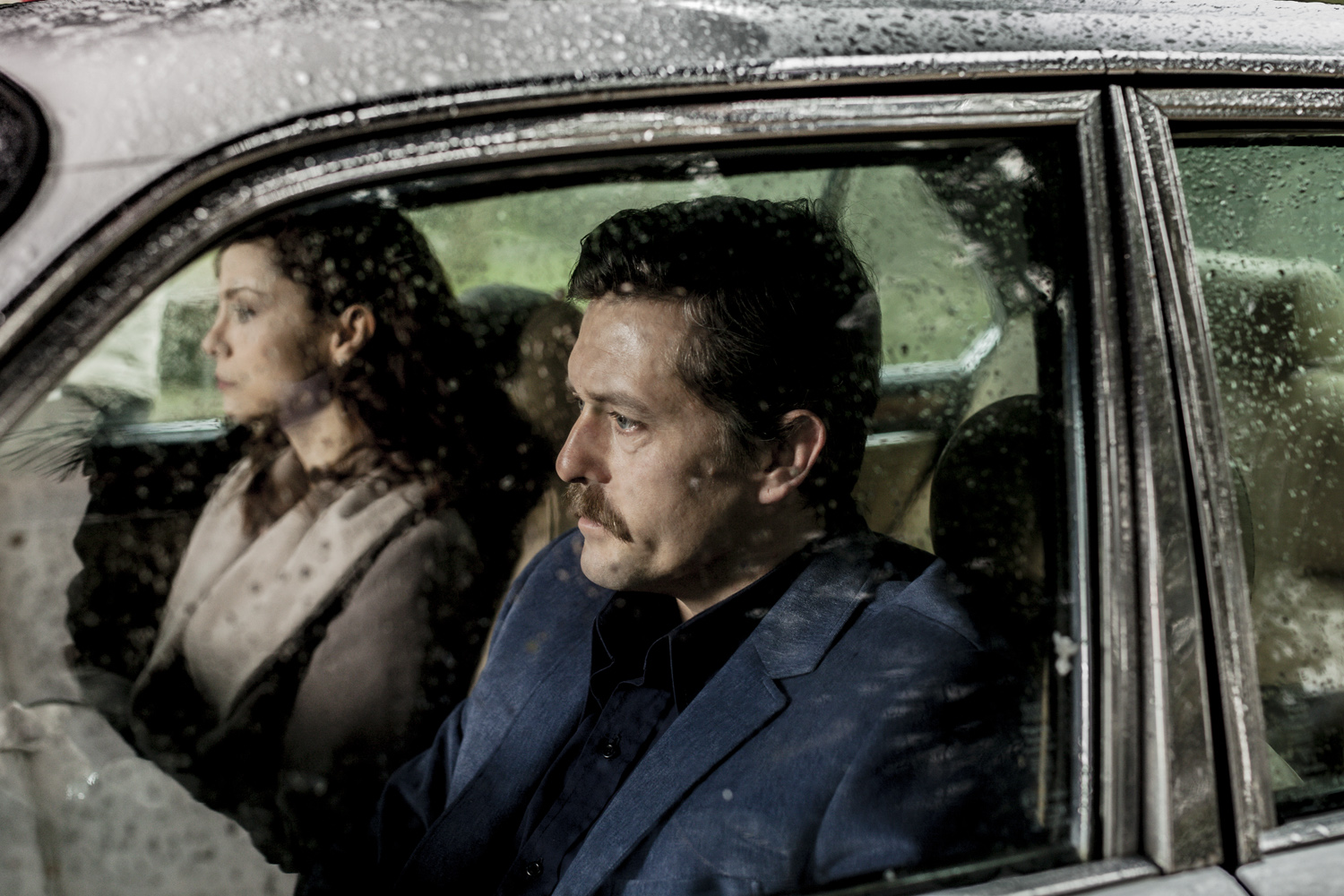
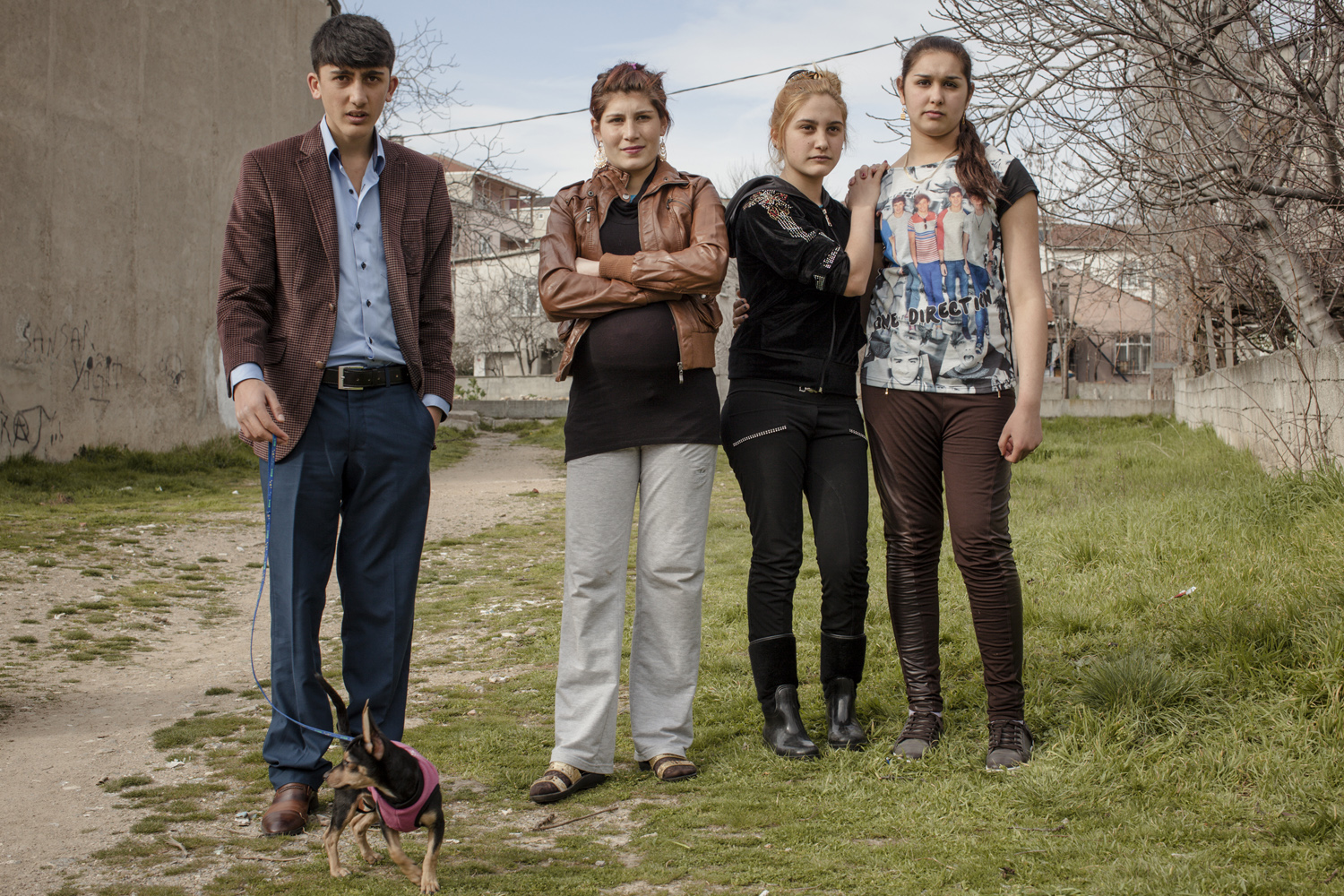
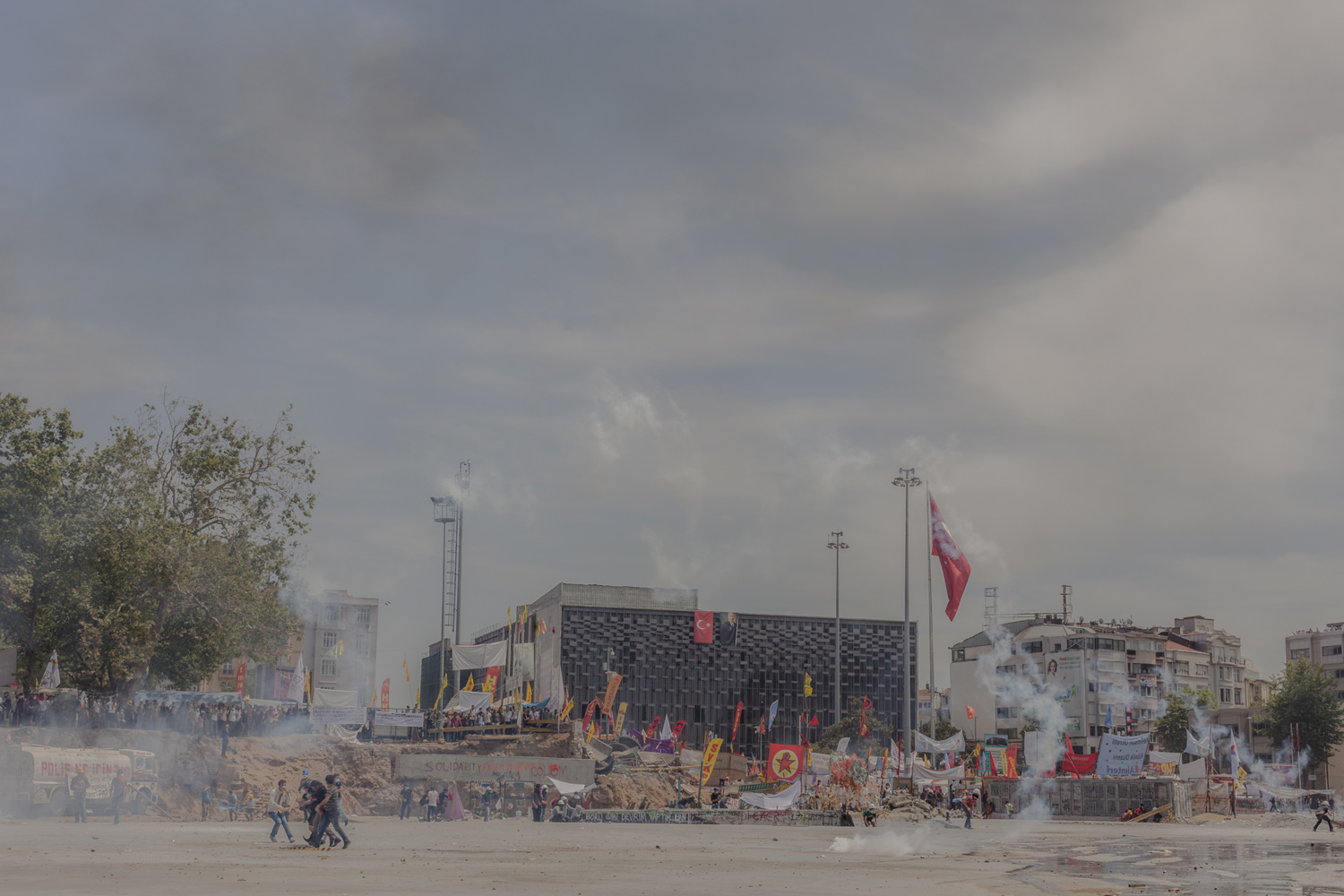
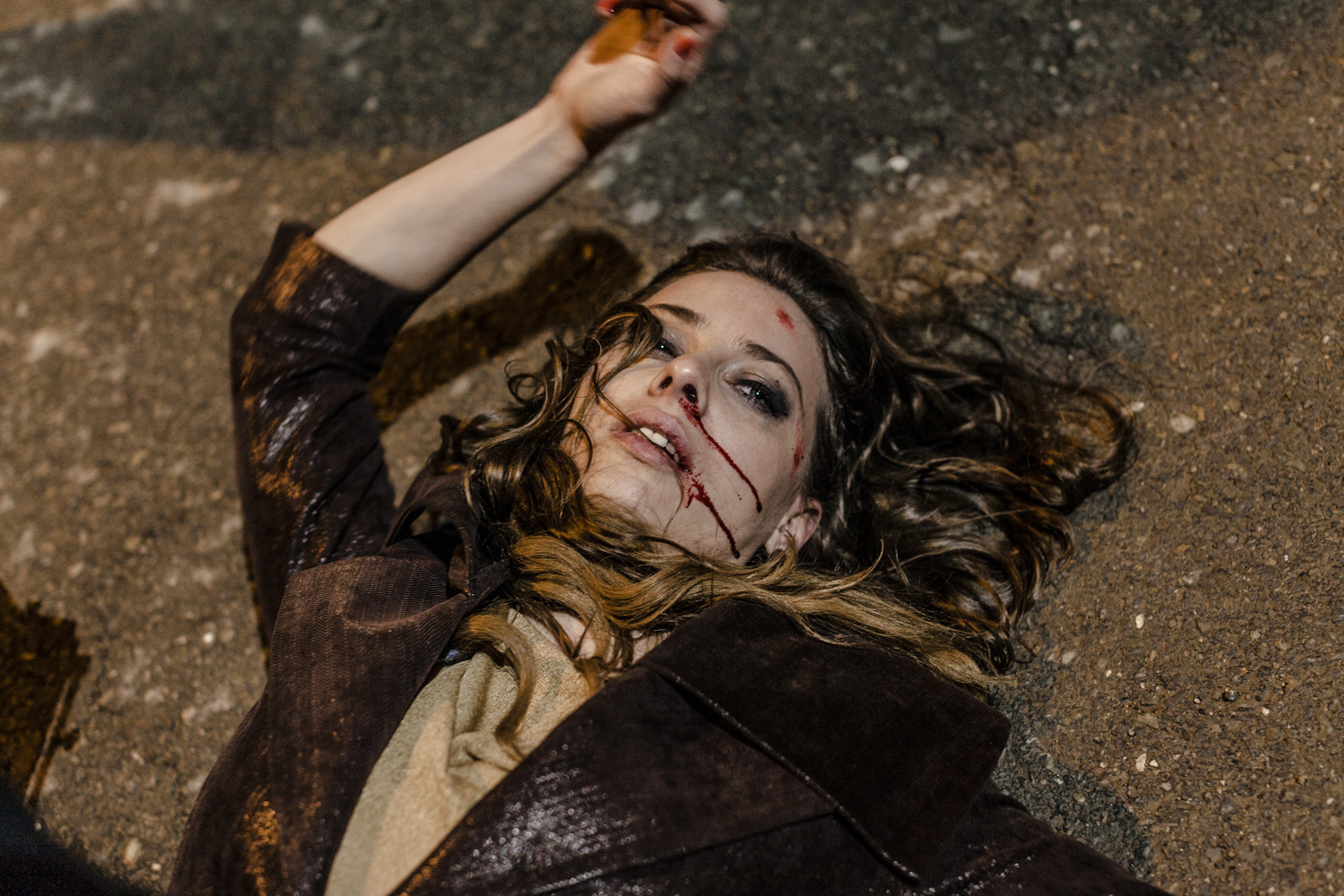
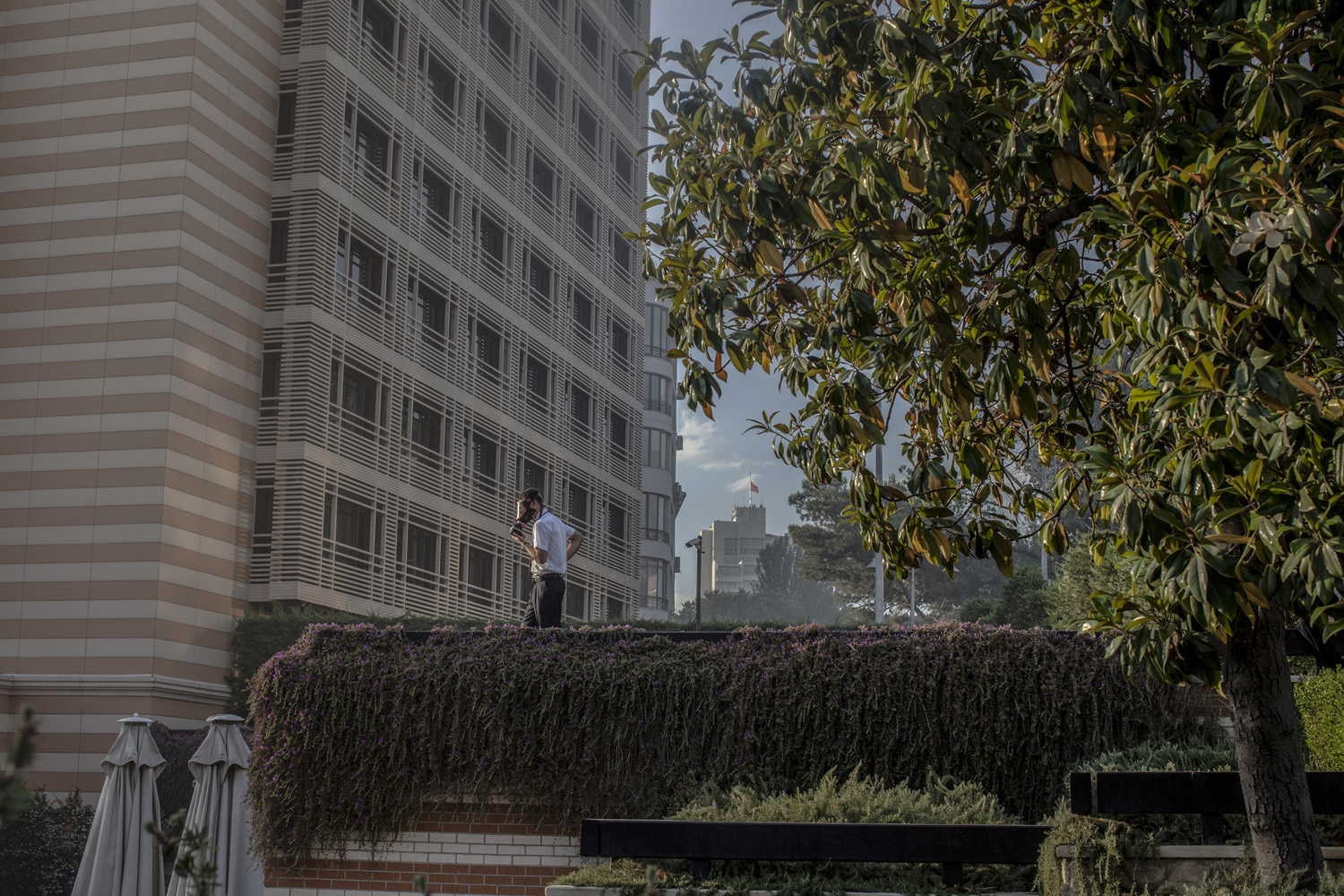
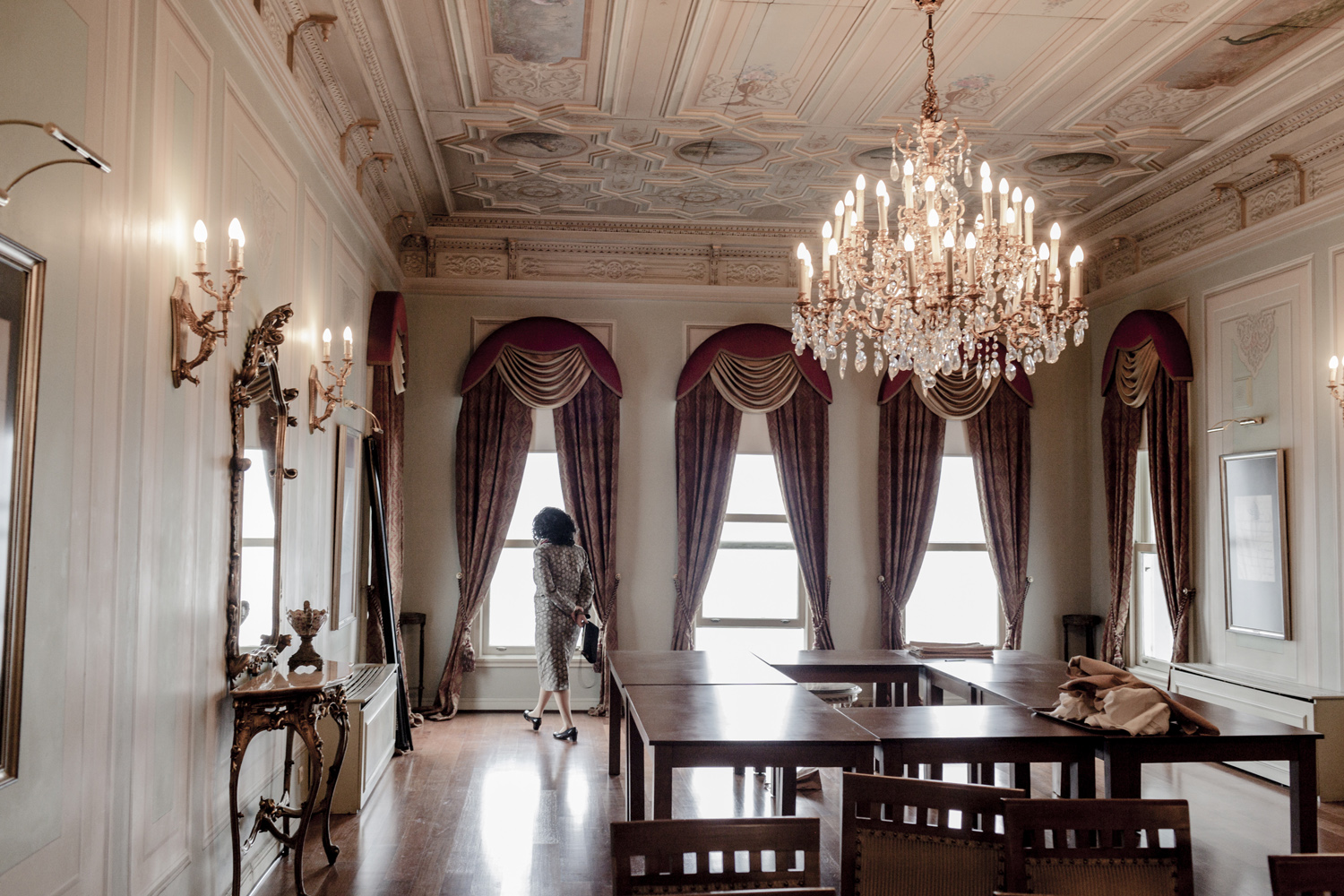
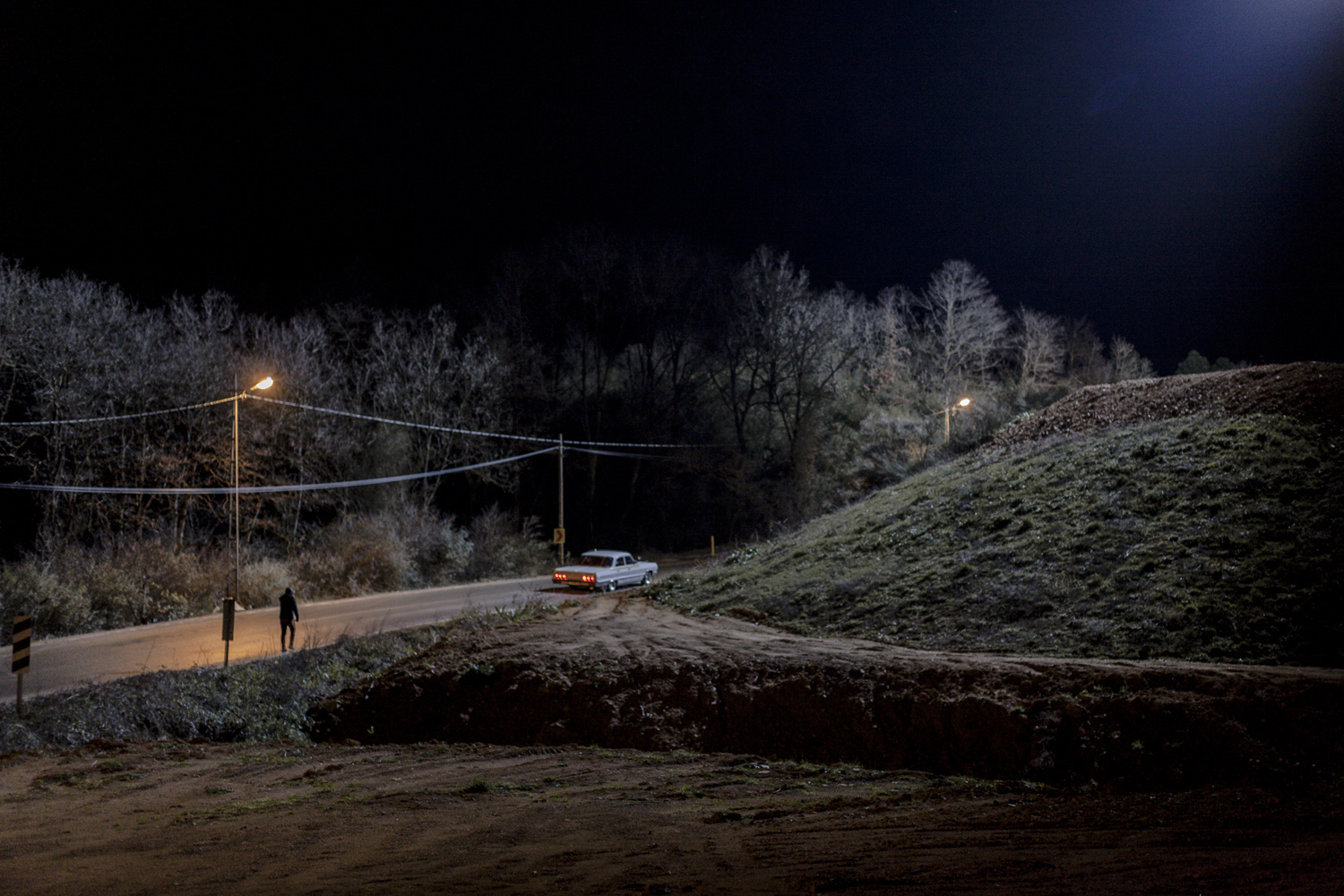

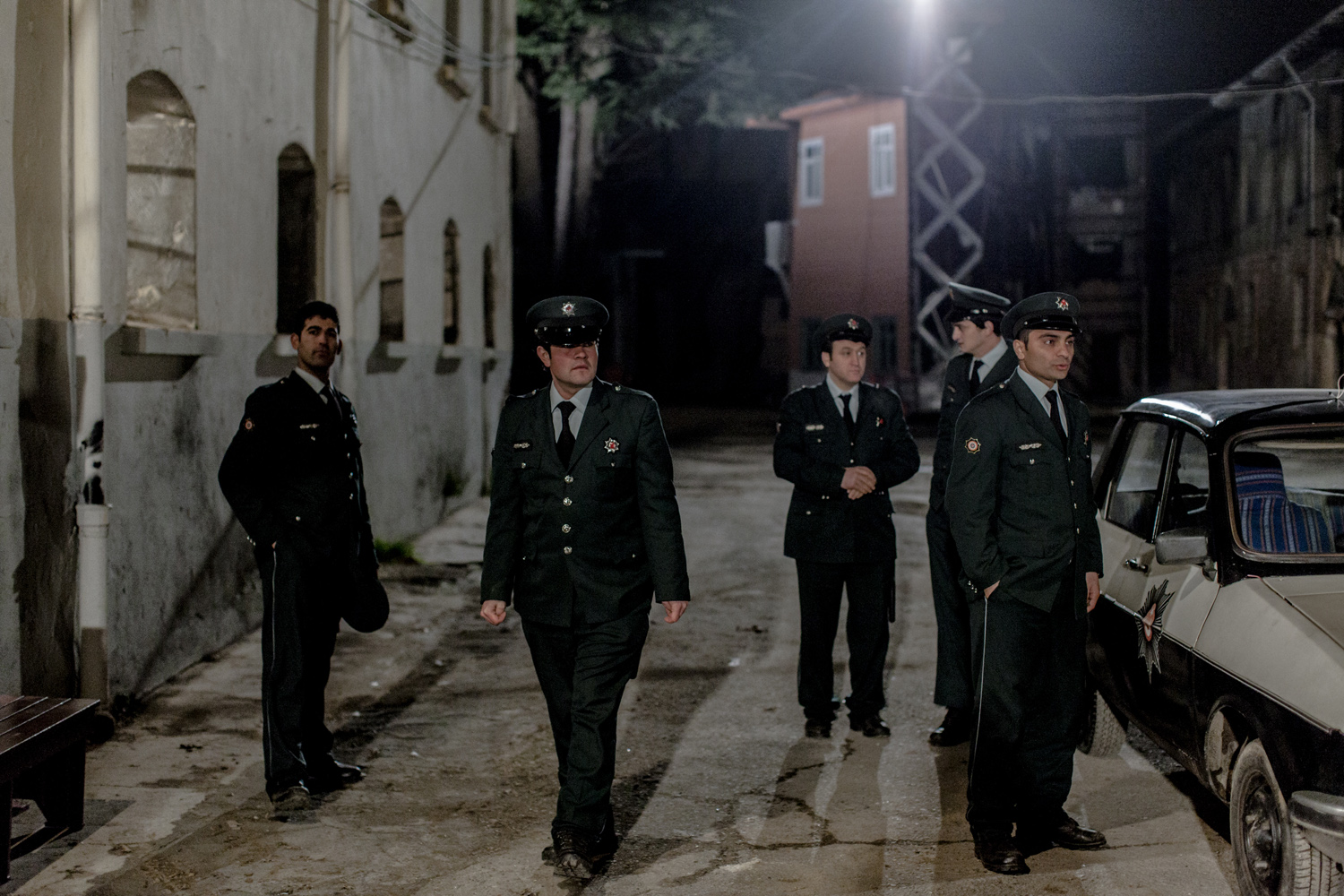

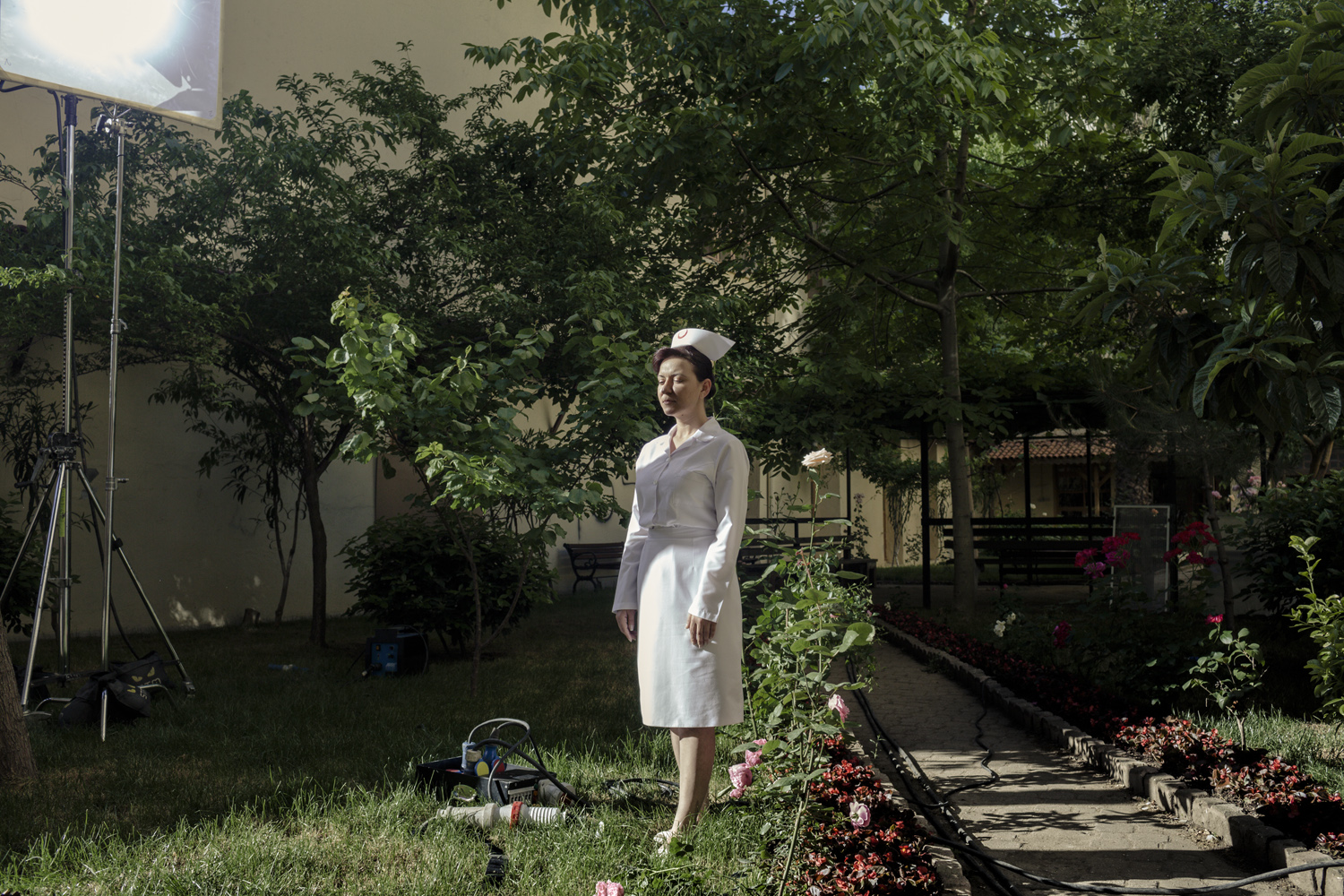
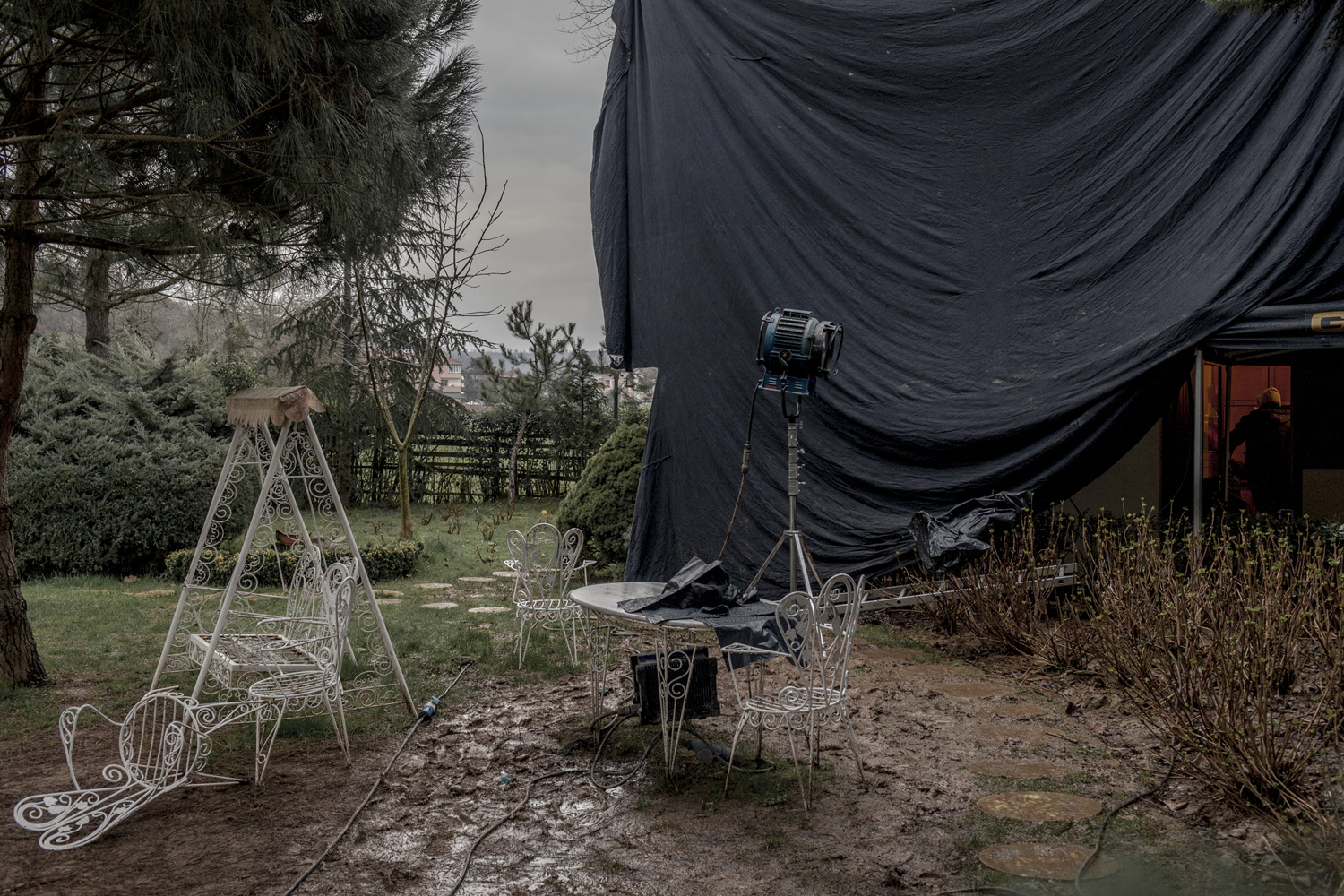
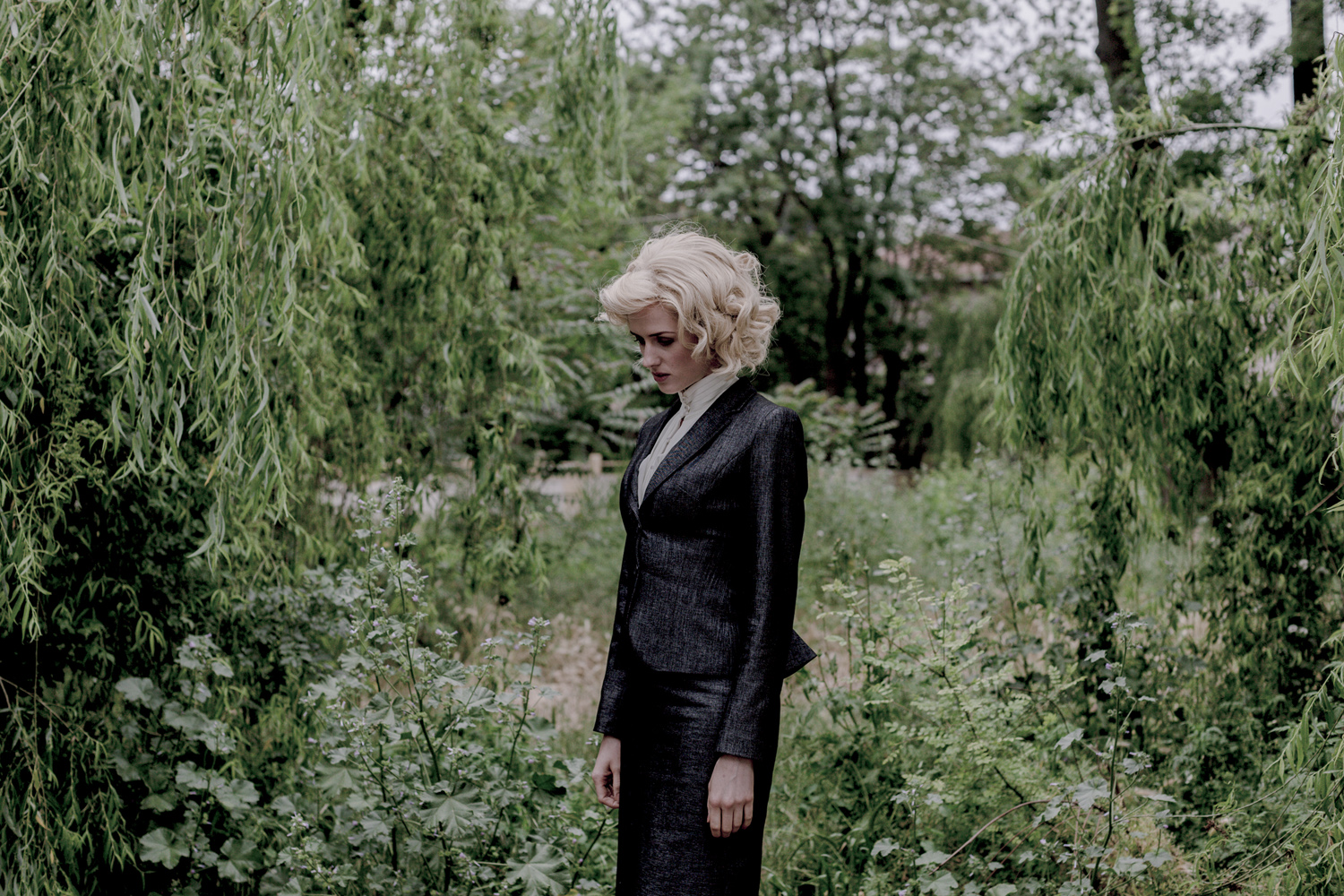

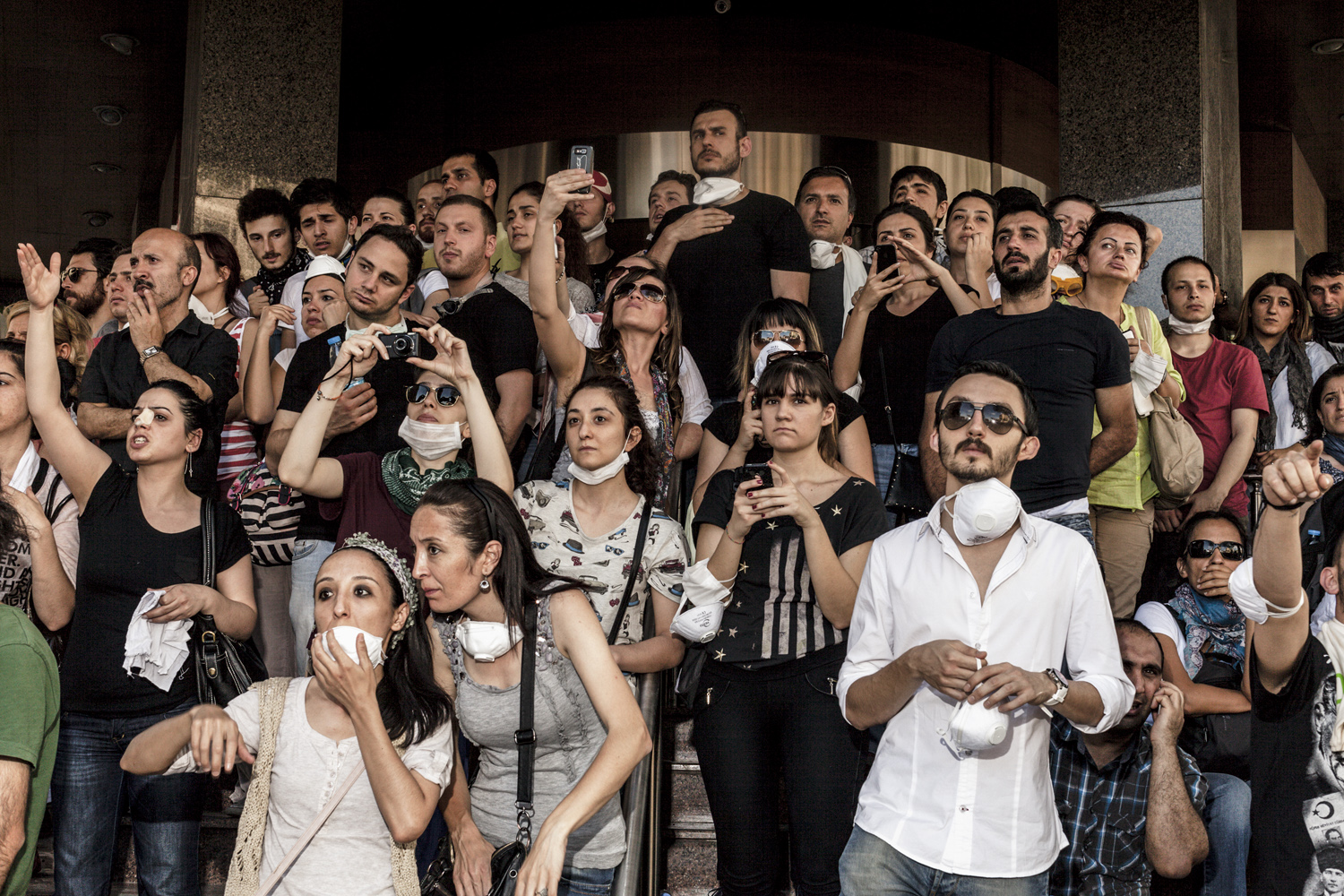

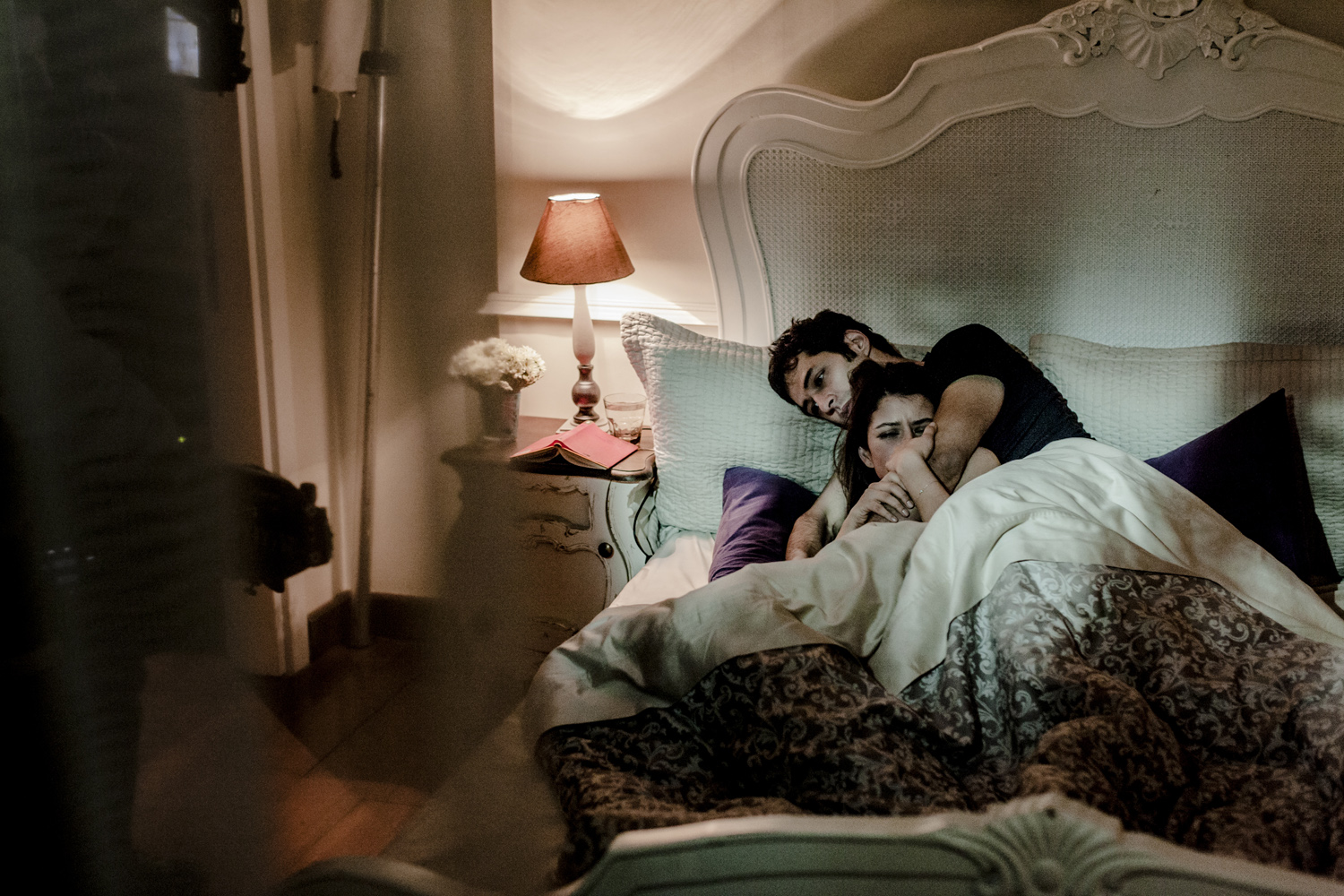

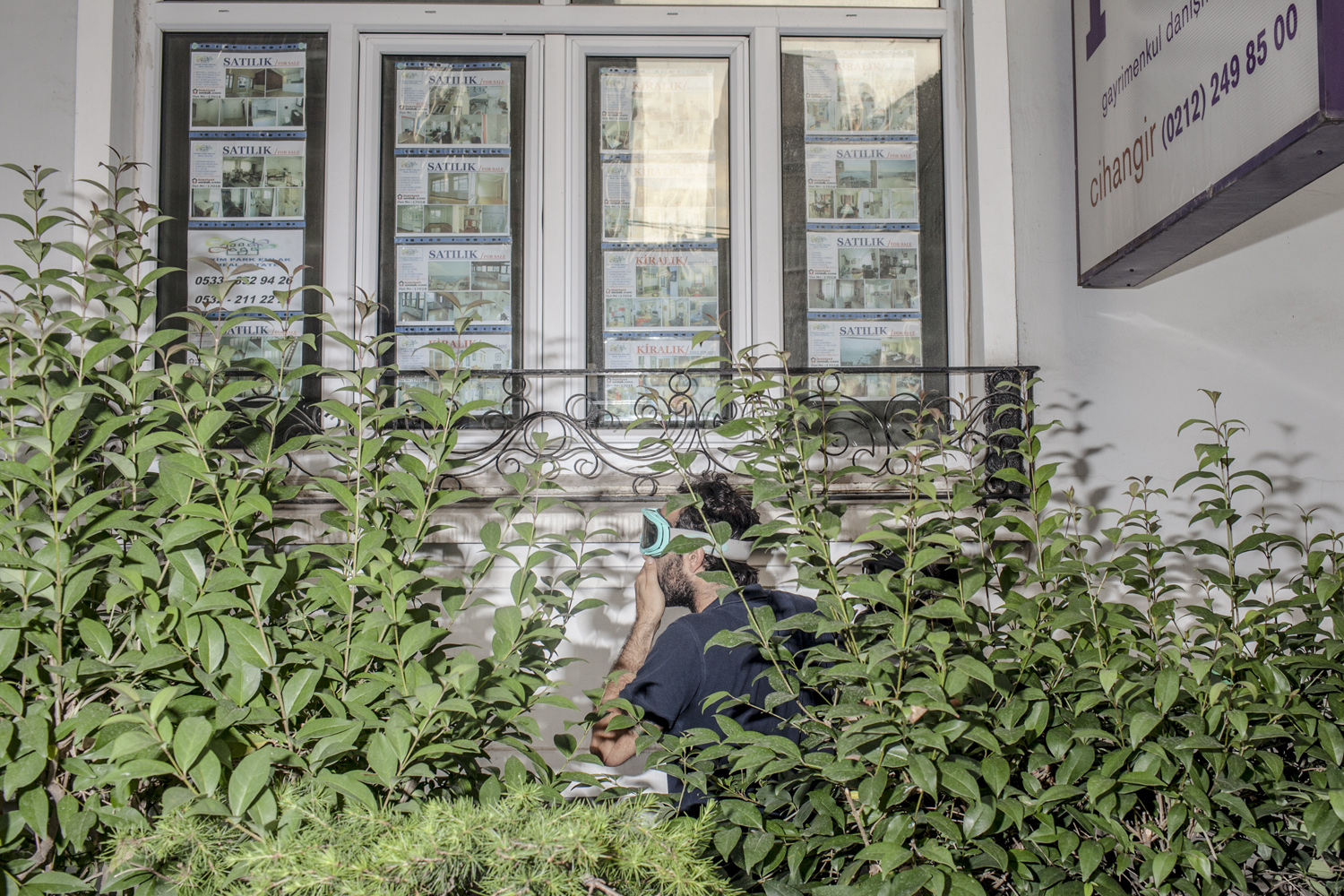
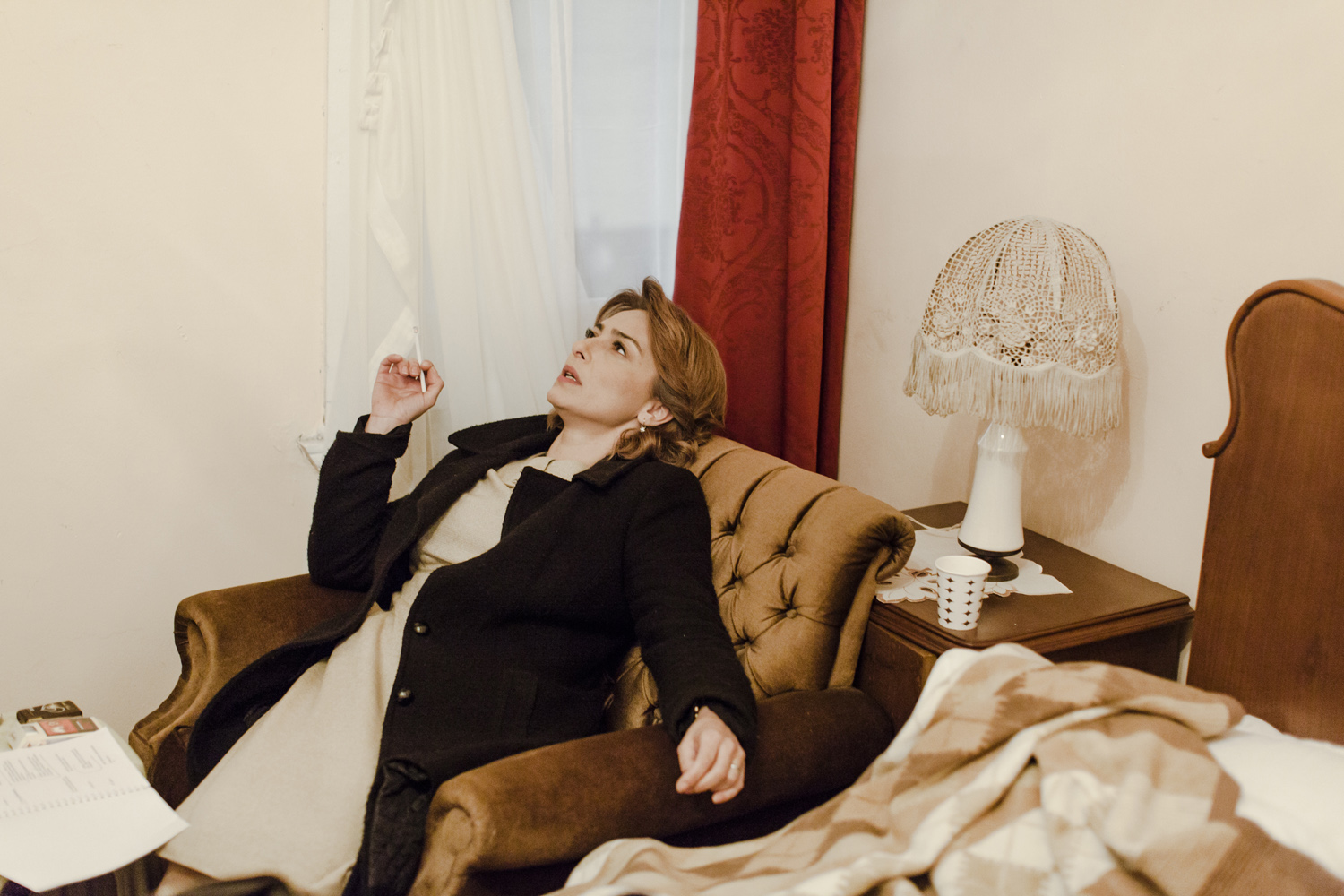
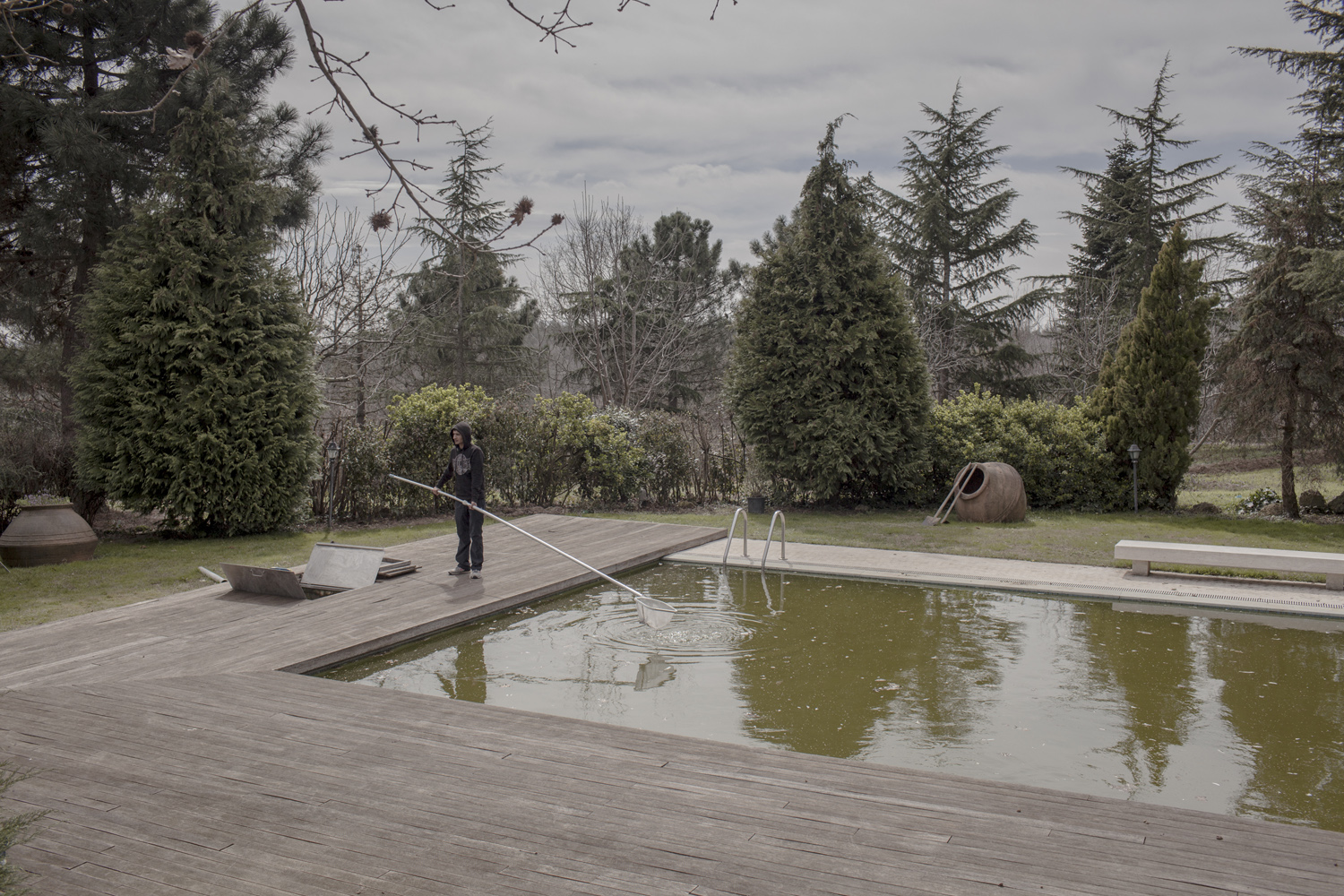

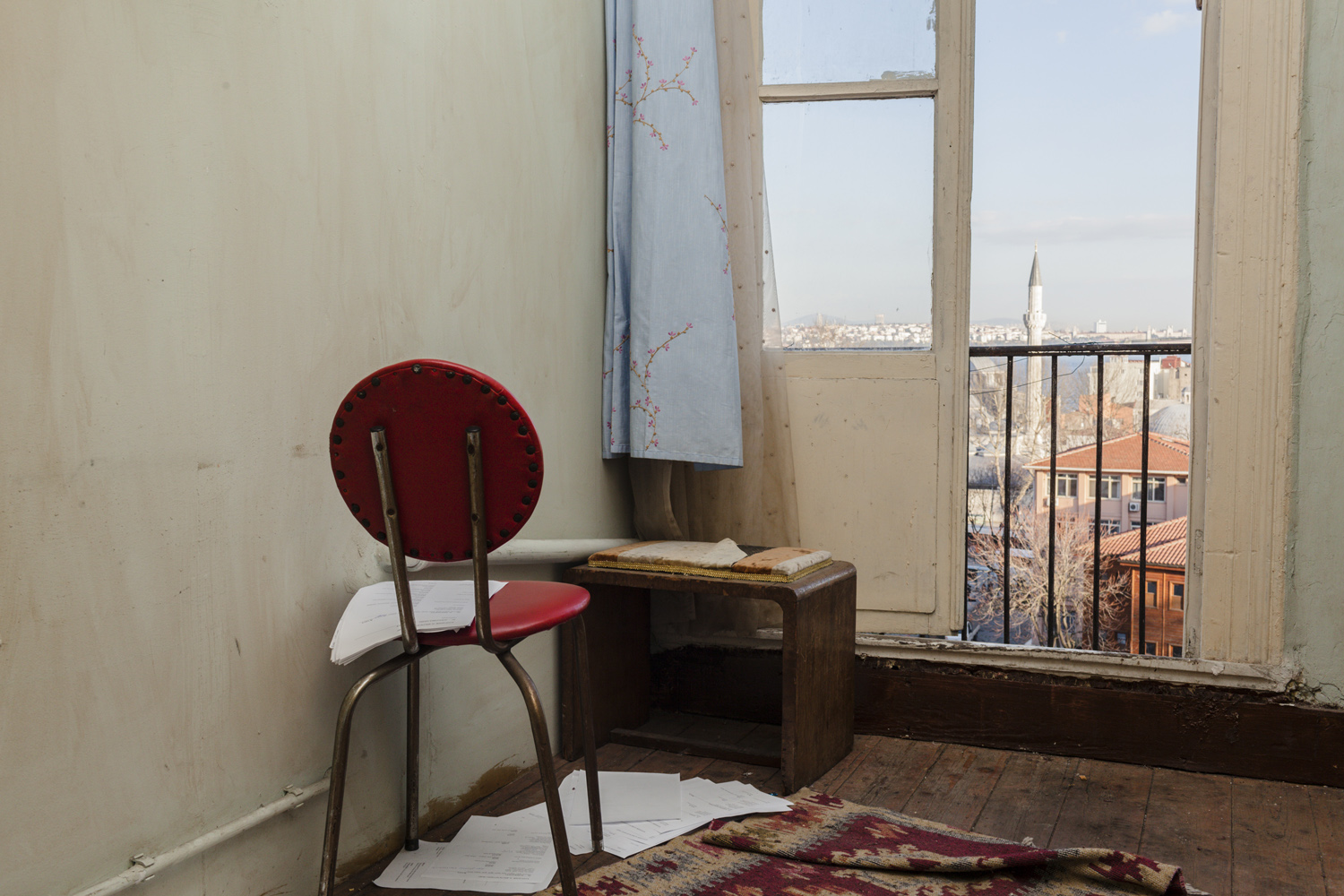
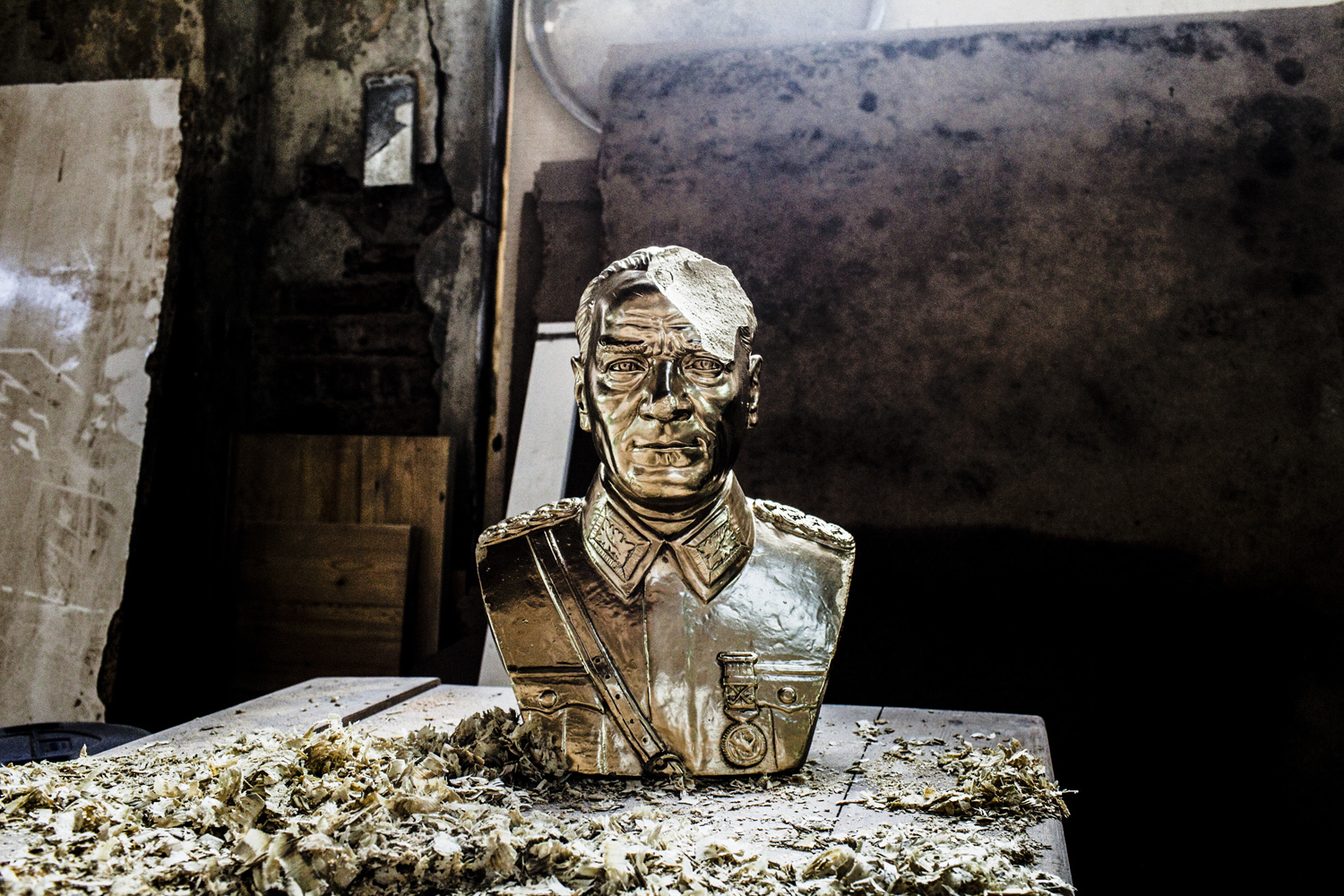
More Must-Reads from TIME
- How Donald Trump Won
- The Best Inventions of 2024
- Why Sleep Is the Key to Living Longer
- How to Break 8 Toxic Communication Habits
- Nicola Coughlan Bet on Herself—And Won
- What It’s Like to Have Long COVID As a Kid
- 22 Essential Works of Indigenous Cinema
- Meet TIME's Newest Class of Next Generation Leaders
Contact us at letters@time.com